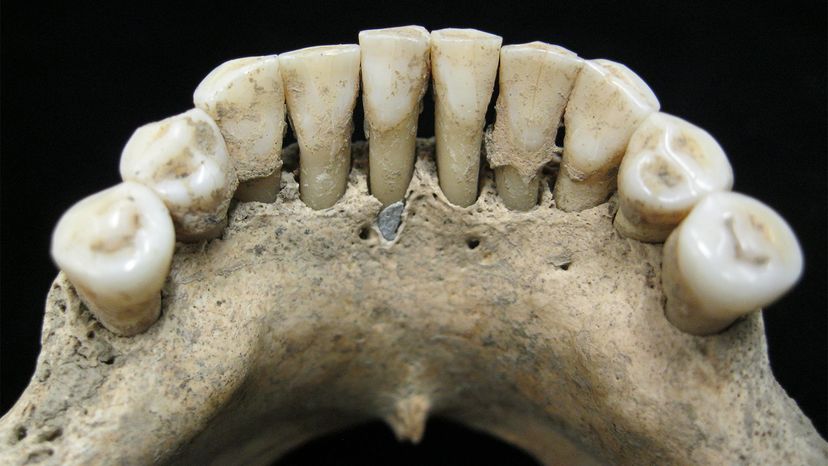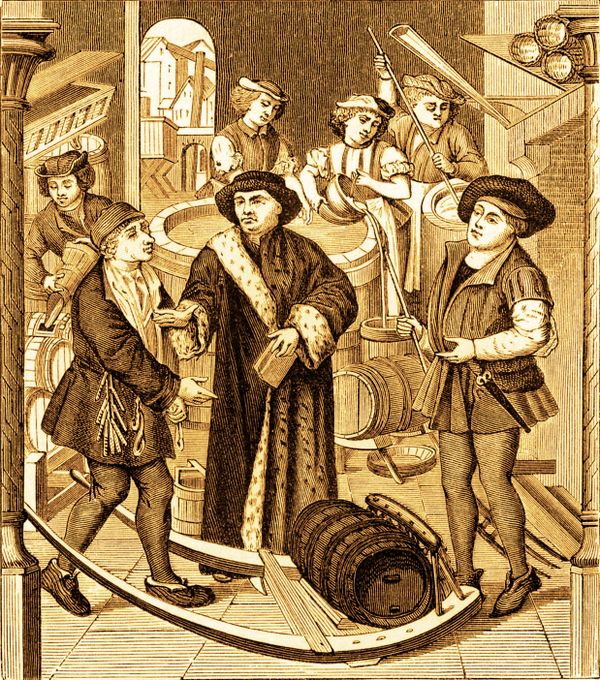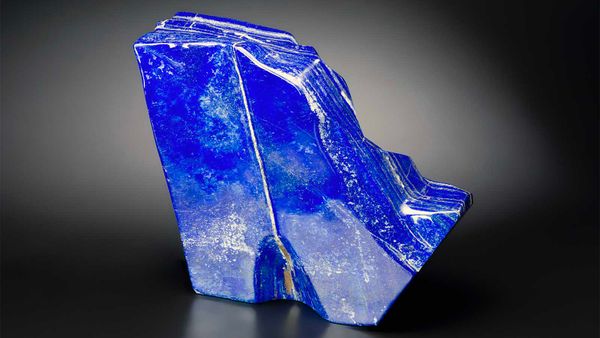
What were women up to in medieval Europe? Well, it's really hard to say because almost nobody was bothering to write much down about their daily activities (except for people like that attention hog, Charlemagne).
But a research team studying the diet of medieval people found something unusual in the dental plaque of a middle-aged 11th-century woman buried in a rural monastery in central Germany: tiny blue specks. It was a puzzling discovery, but this small clue is already changing our understanding of what types of work women in medieval Europe could do.
Advertisement
It turns out those tiny blue specks were bits of one of the most valuable substances in the medieval world: lapis lazuli, a mineral imported to Europe from Afghanistan to make the pigment ultramarine. It was so rare and sought after that it cost as much as (or sometimes more than) gold on the medieval markets. And for good reason — the raw lapis had to travel from the mines in Afghanistan, thousands of miles through Egypt and Constantinople to Europe. When it got there, making the pigment itself was a 50-step ordeal involving lots of grinding and rendering with lye, pine resin, assorted waxes and oils. The mass of the finished pigment was only about 10 percent of that of the raw mineral. It's no wonder it was dealt out so sparingly to painters and the monks who created illuminated manuscripts, in which ultramarine was used almost exclusively to render the deep blue of the Virgin Mary's robes.
It's strange, then, that this woman — probably a nun — would have this pigment in her teeth. The only explanation is that she was an artist. And not just any artist — an artist skilled enough to be entrusted with the most expensive stuff in medieval Europe.
The study, published in the journal Science Advances on Jan. 9, 2019, suggests that this is the only explanation, and that this research might open new avenues into the way we study ancient people. The nun with ultramarine in her teeth probably got it there by licking the end of her brush — so maybe the dental plaque in the mouths of other medieval people hold clues to their daily lives as well. We may find ways of proving women were blacksmiths and carpenters, too.
"Here we have direct evidence of a woman, not just painting, but painting with a very rare and expensive pigment, and at a very out-of-the way place," said senior study author Christina Warinner of the Max Planck Institute for the Science of Human History, in a press release. "This woman's story could have remained hidden forever without the use of these techniques. It makes me wonder how many other artists we might find in medieval cemeteries — if we only look."
Advertisement


